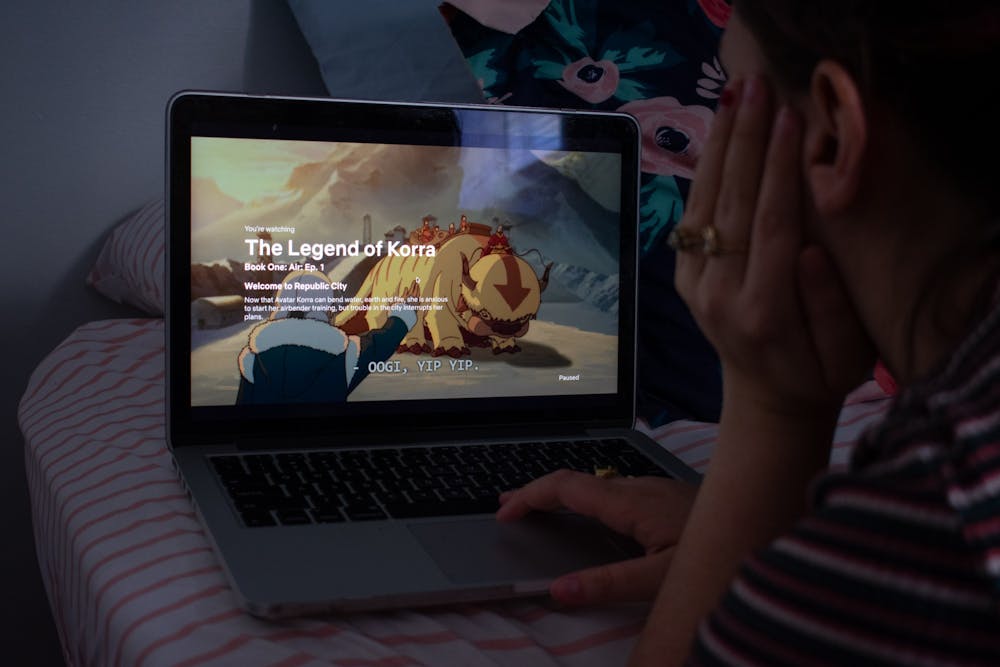As old shows are resurfacing on Netflix, many people are finding new interpretations and meaning within these stories.
Students have filled their alone time in quarantine by watching programs such as “Avatar: The Last Airbender,” or the follow-up series “The Legend of Korra,” which were recently added to Netflix.
“I watched Avatar initially when it first came out... throughout the years, I've always gone back and watched it occasionally,” junior Dalal Azzam said. “Then, right when it was announced that it was going to be on Netflix, I watched it all.”
“Avatar: The Last Airbender” is a show about a world divided into the four elements. During a destructive war from the Fire Nation, an avatar named Aang, along with help from his friends, restores peace and balance to their world.
ATLA had a run time of three years from 2005-2008 on Nickelodeon, followed by “The Legend of Korra” from 2012-2014. With its appearance on Netflix, those who did not watch the show in earlier years now have the opportunity.
“I actually didn't grow up watching Avatar. I grew up abroad, so it wasn't really as available to me,” senior Anum Imran said. “I started watching it when I got to college, so I watched (ATLA), and then I immediately started watching (LOK) because both of them were out.”
The follow-up series follows in its predecessor’s footsteps in establishing the world’s cyclical avatar as a 17-year-old girl named Korra. As the avatar, Korra is expected to continue to bring balance to the world, but often her age and maturity get in the way of her decision-making.
“It doesn't mean like that we just throw (Korra) away and label her as a villain or something, it just shows the complexities of people,” senior Rawan Abbasi said.
In LOK, Korra is an avatar unlike what audiences have seen in ATLA's Aang. At many points throughout the series, she fails in her mission of becoming a bender in many ways, attributed to the characterization of Korra being led by her emotions.



